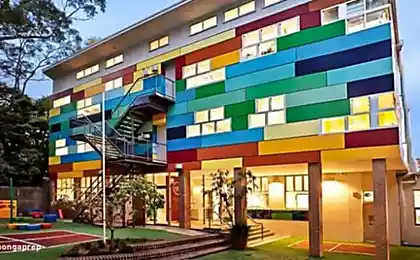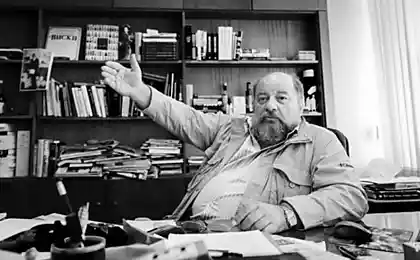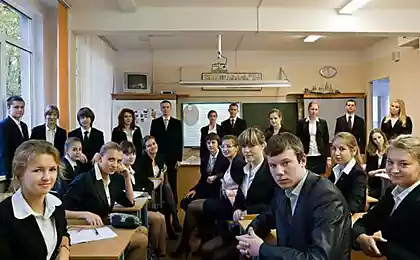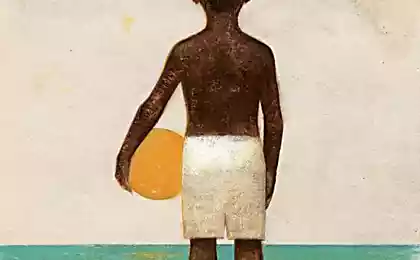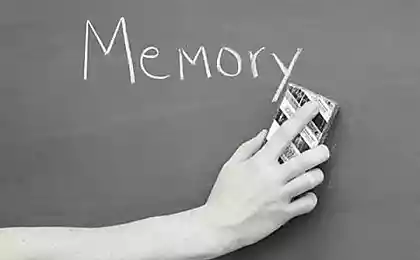176
In Soviet times, students were completely different, modern children do not understand.
Students of the USSR led an active social life inside and outside the school. There were many positive things that I often want to remember. But not everything was as wonderful as it seems to amateurs to nostalgia for the Union, because the expediency of some Soviet methods of education can be argued.
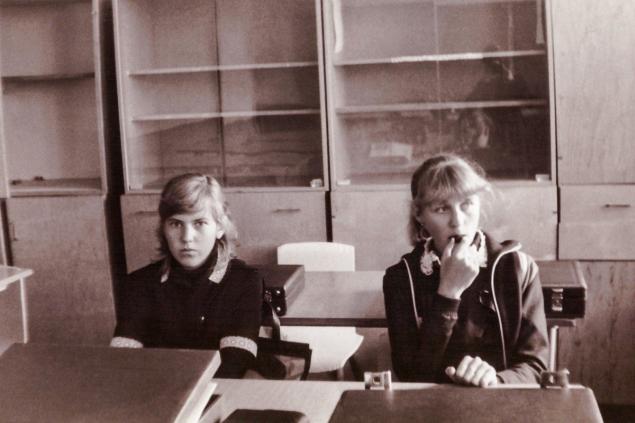
Editorial "Site" I remember what school life was like in the past.
Schoolchildren of the USSR The first call - and babies after the solemn line were brought into the walls of the school. They had to spend the next ten years of their lives there. Despite the interesting and intense school curriculum, the children couldn’t wait to hear the Last Call. It's the beginning of summer vacation!
Schools had working lines that caused students nothing but longing and negativity. Guilty pupils could be brought to public display for collective condemnation, and no one thought about the consequences of psychological trauma for the fragile psyche of the child.
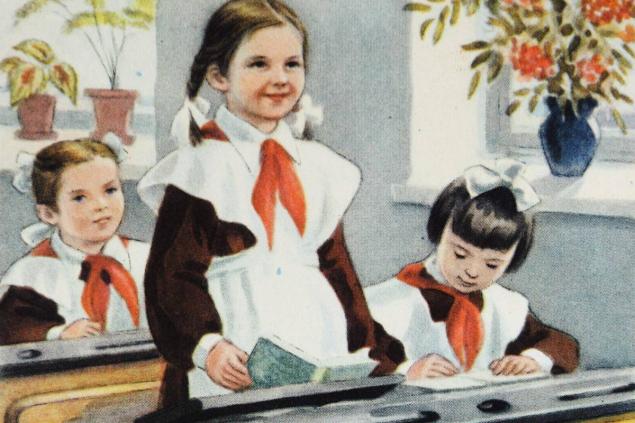
First-graders were happy to wear unusual school uniforms. The older the child got, the more he wanted to stand out, and standard clothes limited his abilities. At the same time, it was easier for poor parents to gather their child in school. On holidays, the boys wore white shirts, and the girls exchanged black aprons for snow-white and decorated their heads with huge bows.
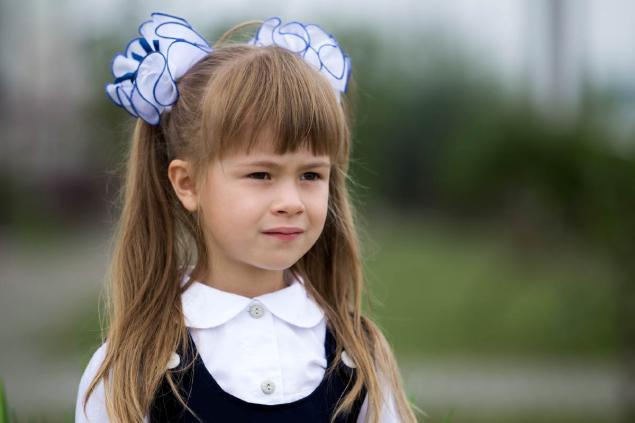
Children went to school with simple briefcases because they had never heard of orthopedic backpacks in Soviet times. Textbooks and notebooks were not overly colorful, and the paper they were made of was not dazzlingly white. Yes, it was not necessary: too bright whiteness has a bad effect on human vision.
There was a time when morning exercises were introduced in schools. The benefits they brought doubtful, since the children performed exercises not in tracksuits, but in school uniforms, which significantly limited movement.
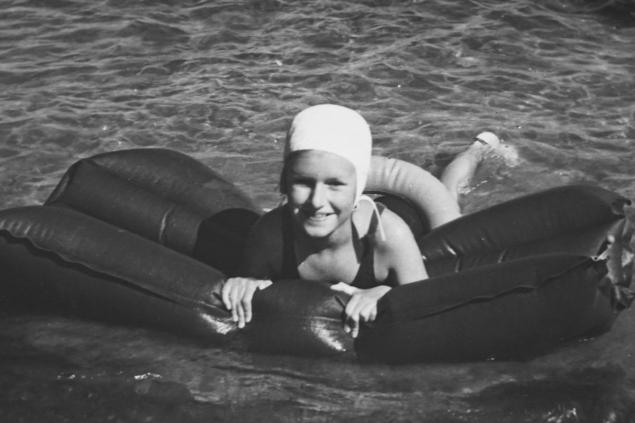
For schoolchildren, mornings and concerts were prepared, in which children took an active part. Olympiads, sports competitions and thematic competitions were also held. High school students really liked the patriotic game “Zarnitsa”, they loved tourist hikes. After school, the kids were in interest groups.
Special attention was paid to employment education. These were not only lessons, but also fieldwork: students helped collect cucumbers for seeds, potatoes and beets. Students were constantly handing over scrap metal and waste paper. There was a norm for everyone that had to be met. And for overfulfilment of the plan for the delivery of recyclables was encouraged in front of the whole school.
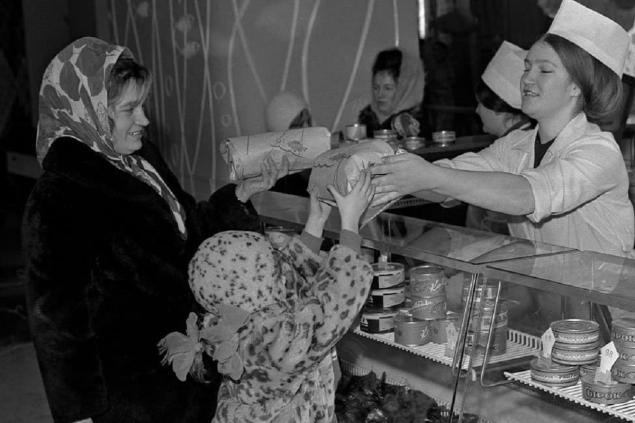
GettyImages Children in the USSR studied six days a week, they were tired and were very unhappy when they did not have time for Saturday’s program “Visiting a fairy tale”. Church holidays were not taken into account. On the contrary, on such days all sorts of subbotniks were often organized, and teachers had to be on duty at the temple to prevent school children from attending church. Girls and boys were raised atheists: even in primary school they were initiated in October, then in pioneers, and high school students became Komsomol members.
At the demonstration, turnout was mandatory for students. Every Wednesday there was political information, for which the guys had to prepare in advance. The class leader once a week held an educational hour. Children were taught to respect elders and treat teachers with respect.
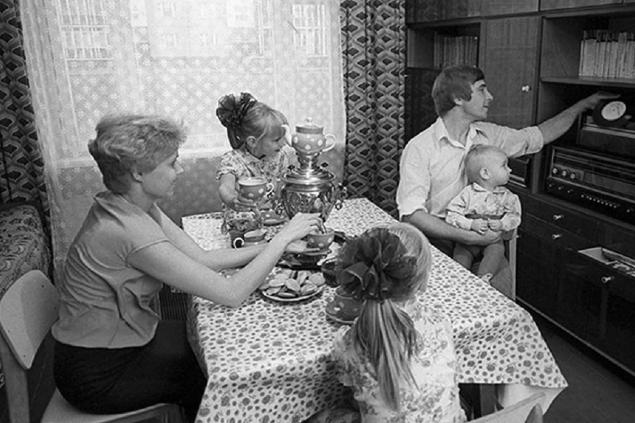
GettyImages How's it going now? Maybe that time had its advantages. But let’s not forget that we live in a modern world. And sometimes, due to longing for the past, we cannot adequately assess the advantages we have now. After all, modern schoolchildren have access to a huge amount of information, they quickly master new technologies. Also, already from school, children can form their view of the world, rather than blindly follow what the party teaches them. Aren't those advantages? We look forward to reading your thoughts in the comments.

Editorial "Site" I remember what school life was like in the past.
Schoolchildren of the USSR The first call - and babies after the solemn line were brought into the walls of the school. They had to spend the next ten years of their lives there. Despite the interesting and intense school curriculum, the children couldn’t wait to hear the Last Call. It's the beginning of summer vacation!
Schools had working lines that caused students nothing but longing and negativity. Guilty pupils could be brought to public display for collective condemnation, and no one thought about the consequences of psychological trauma for the fragile psyche of the child.

First-graders were happy to wear unusual school uniforms. The older the child got, the more he wanted to stand out, and standard clothes limited his abilities. At the same time, it was easier for poor parents to gather their child in school. On holidays, the boys wore white shirts, and the girls exchanged black aprons for snow-white and decorated their heads with huge bows.

Children went to school with simple briefcases because they had never heard of orthopedic backpacks in Soviet times. Textbooks and notebooks were not overly colorful, and the paper they were made of was not dazzlingly white. Yes, it was not necessary: too bright whiteness has a bad effect on human vision.
There was a time when morning exercises were introduced in schools. The benefits they brought doubtful, since the children performed exercises not in tracksuits, but in school uniforms, which significantly limited movement.

For schoolchildren, mornings and concerts were prepared, in which children took an active part. Olympiads, sports competitions and thematic competitions were also held. High school students really liked the patriotic game “Zarnitsa”, they loved tourist hikes. After school, the kids were in interest groups.
Special attention was paid to employment education. These were not only lessons, but also fieldwork: students helped collect cucumbers for seeds, potatoes and beets. Students were constantly handing over scrap metal and waste paper. There was a norm for everyone that had to be met. And for overfulfilment of the plan for the delivery of recyclables was encouraged in front of the whole school.

GettyImages Children in the USSR studied six days a week, they were tired and were very unhappy when they did not have time for Saturday’s program “Visiting a fairy tale”. Church holidays were not taken into account. On the contrary, on such days all sorts of subbotniks were often organized, and teachers had to be on duty at the temple to prevent school children from attending church. Girls and boys were raised atheists: even in primary school they were initiated in October, then in pioneers, and high school students became Komsomol members.
At the demonstration, turnout was mandatory for students. Every Wednesday there was political information, for which the guys had to prepare in advance. The class leader once a week held an educational hour. Children were taught to respect elders and treat teachers with respect.

GettyImages How's it going now? Maybe that time had its advantages. But let’s not forget that we live in a modern world. And sometimes, due to longing for the past, we cannot adequately assess the advantages we have now. After all, modern schoolchildren have access to a huge amount of information, they quickly master new technologies. Also, already from school, children can form their view of the world, rather than blindly follow what the party teaches them. Aren't those advantages? We look forward to reading your thoughts in the comments.
My husband died suddenly, and his children just put me out of our house, no one cares about my fate.
Loan on a card: a convenient way to solve financial issues



